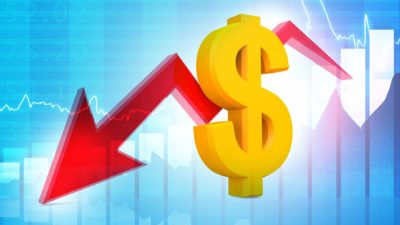The Ioneer Ltd (ASX: INR) share price is taking off this morning on news the company has entered an offtake agreement with car manufacturing monolith, Ford.
The agreement will see the ASX-listed lithium developer supplying 7,000 tonnes of lithium each year for Ford's electric vehicles (EVs).
At the time of writing, the Ioneer share price is 53.5 cents, 8.08% higher than its previous close.
Let's take a closer look at today's news from the All Ordinaries Index (ASX: XAO) lithium stock.
Ioneer signs offtake agreement with Ford
The Ioneer share price is surging after the company signed an offtake agreement for lithium from its Rhyolite Ridge Project.
The project is located in Nevada, US. It's expected to start production in the second half of 2025.
The offtake agreement will see Ford's battery-making joint venture BlueOvalSK snapping up around 34% of the project's expected average annual lithium output for five years.
Another 34% of the project's output has already been promised to cathode supplier EcoPro.
Ioneer managing director Bernard Rowe commented on the news driving the company's share price today, saying:
Simply put, this strategic relationship means Nevada lithium for American cars, and it will lead to job creation across all levels of the electric vehicle supply chain. We look forward to continuing to work with Ford and its partners to help develop a secure and reliable end-to-end US EV industry.
Lisa Drake, Ford's vice president of EV industrialisation, said the agreement will support localised production of battery cells and help deliver EVs to millions of customers.
Ford has also signed offtake agreements with ASX lithium stocks Lake Resources NL (ASX: LKE) and Liontown Resources Limited (ASX: LTR). The former will deliver Ford 25,000 tonnes of lithium annually while the latter will provide 150,000 dry metric tonnes of spodumene concentrate.
Ioneer share price snapshot
Today's gains haven't been enough to boost the Ioneer share price back into the longer-term green.
It's currently 34% lower than it was at the start of 2022. Though, it is 35% higher than it was this time last year.








